
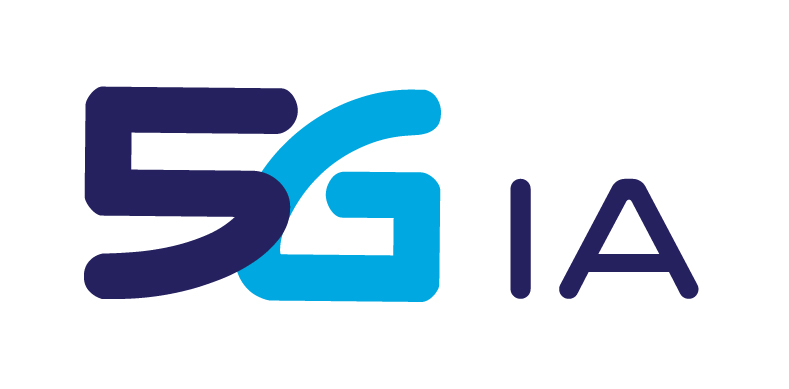
- About us
- Getting Involved
- Plans & Papers
- Events
- European 5G Activities
- Media & News
- Contact
Newsflash August 2018
Three new deliverables from the 5G-Transformer project are available for download: –D1.2 5G-TRANSFORMER initial system design
–D.2.1 Initial design of 5G Coral edge and fog computing system
5G-XCast releases its D4.1 on Mobile Core Networks in June 2018. The document describes the 5G-Xcast mobile core network architecture, which enables multicast and broadcast capabilities based on 5G architecture defined in 3GPP Release 15. The 5G-Xcast mobile core network architecture considers the new functionalities and technologies such as converged autonomous switch between unicast, multicast and broadcast for the converged network including fixed broadband and mobile networks, multimedia public warning alert, multi-connectivity and multilink, and multi-access edge computing. This document describes the 5G-Xcast design principles that enables multicast and broadcast capabilities. These design principles are aligned with the ones identified in 3GPP Release 15. Focusing on multicast and broadcast capabilities in the mobile core network, D4.1 provides two different approaches to the same problem of network resource optimization: the transparent multicast transport and point-to-multipoint services including multicast, broadcast and terrestrial broadcast. Most importantly, the document describes two primary architecture alternatives to enable multicast and broadcast capabilities inside 5G core network architecture. Read more here.
The SliceNet logical architecture is defined as a Software Based Architecture approach, including several key elements in the 5G ecosystem, with various general functions as those provided by the Management Plane, Control Plane and Data Plane resources. See the image on the SliceNet logical architecture. SliceNet envisions an intelligent cost-effective network management, control, and orchestrations framework that can cope with the scale and pervasiveness of 5G networks, while minimizing human intervention. Autonomous management and control is evolving from self-healing, self-optimizing and self-configuring automation to artificially intelligent systems that can outlearn their current knowledge and apply newly gained wisdom to achieve network goals through self-decision-making.
|
||||||||||||||||||||||||||||||||||||||||||||||||||||||||||||||||||||
|
||||||||||||||||||||||||||||||||||||||||||||||||||||||||||||||||||||




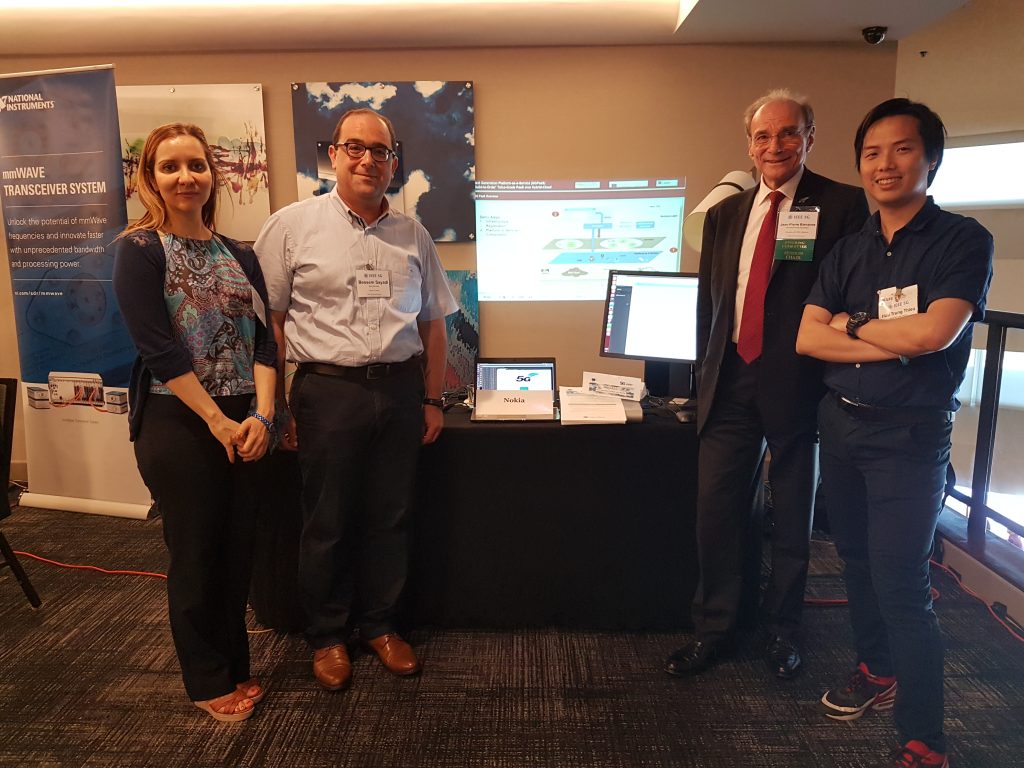
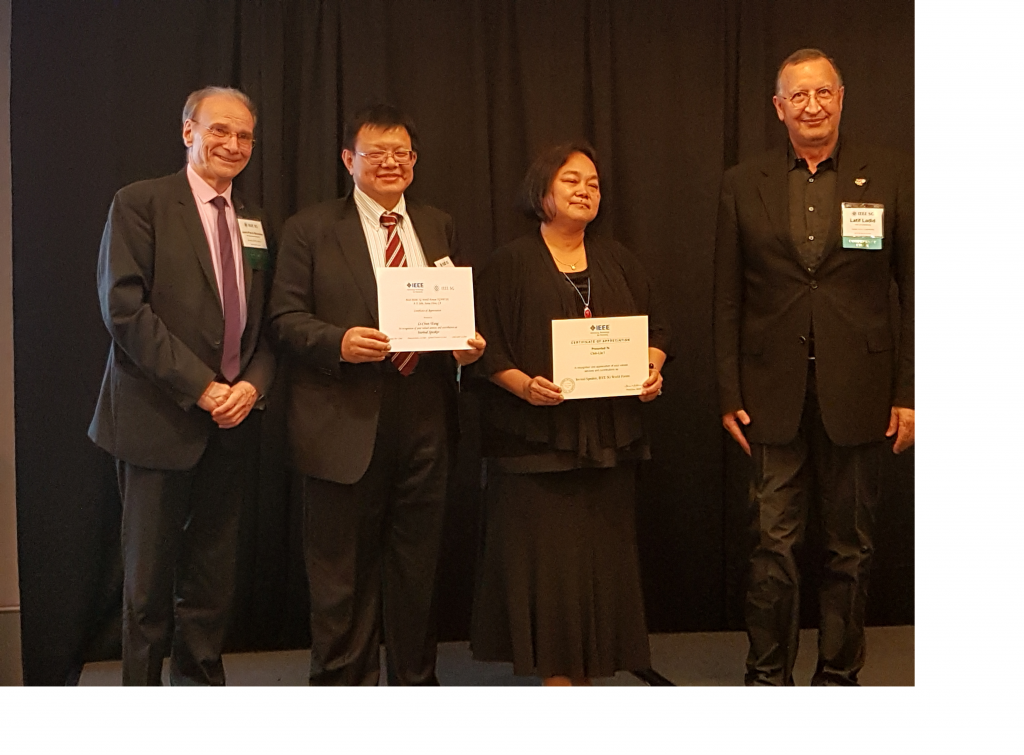

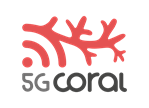 Two new deliverables from the 5G-Coral project are available for download:
Two new deliverables from the 5G-Coral project are available for download: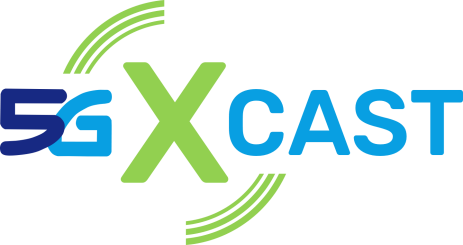
 5G-PICTURE held its third Technical Meeting in the city of Bristol, UK; hosted by the University of Bristol. The consortium had the opportunity as well to take part in the 5G-XHaul Final Demonstration Event, where our colleagues successfully demonstrated its wireless and optical technologies in a real city wide infrastructure. 5G-PICTURE will as well hold its demonstration activities in the city of Bristol.
5G-PICTURE held its third Technical Meeting in the city of Bristol, UK; hosted by the University of Bristol. The consortium had the opportunity as well to take part in the 5G-XHaul Final Demonstration Event, where our colleagues successfully demonstrated its wireless and optical technologies in a real city wide infrastructure. 5G-PICTURE will as well hold its demonstration activities in the city of Bristol. The SliceNet project foundations are settled in six main pillars, which are Network Slicing concept; Multiple Domain Network Slice provisioning; One Stop API for interacting with verticals; Plug & Play capability for verticals; Cognitive Network Management and Cross-Plane Orchestration.
The SliceNet project foundations are settled in six main pillars, which are Network Slicing concept; Multiple Domain Network Slice provisioning; One Stop API for interacting with verticals; Plug & Play capability for verticals; Cognitive Network Management and Cross-Plane Orchestration. ONE5G publishes its D4.1. The paper summarizes the intermediate status of WP4 “Multi-antenna access and link enhancement”. The investigated technologies are briefly introduced and preliminary results, findings and conclusions are presented. The goal of this work package is the development and validation of lower layers techniques (mainly PHY/MAC) that support the three service categories MBB, mMTC, and URLLC. A particular emphasis is put on implementation efficiency. The work is grouped according to the tasks of the work package
ONE5G publishes its D4.1. The paper summarizes the intermediate status of WP4 “Multi-antenna access and link enhancement”. The investigated technologies are briefly introduced and preliminary results, findings and conclusions are presented. The goal of this work package is the development and validation of lower layers techniques (mainly PHY/MAC) that support the three service categories MBB, mMTC, and URLLC. A particular emphasis is put on implementation efficiency. The work is grouped according to the tasks of the work package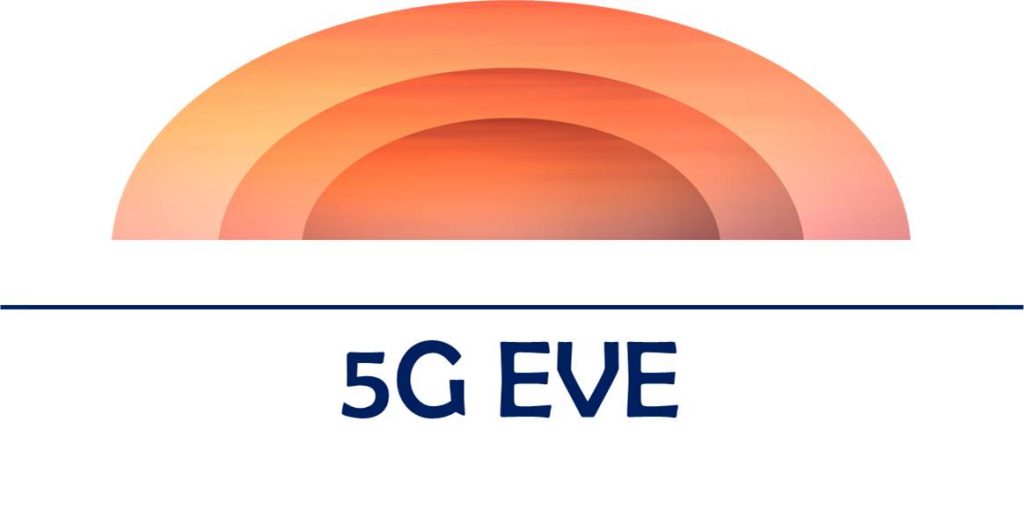
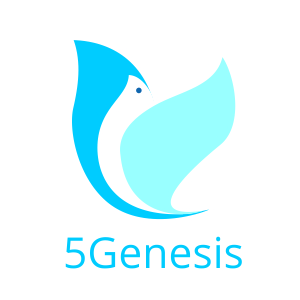
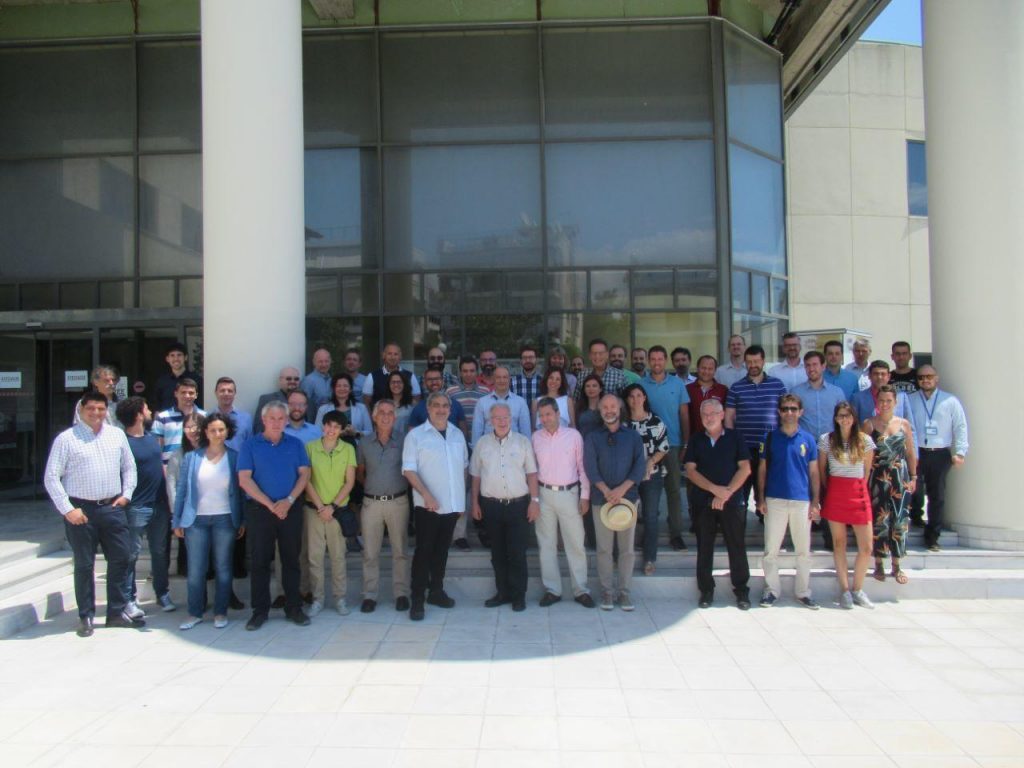
 The next big challenge for the 5G PPP community is to respond to the
The next big challenge for the 5G PPP community is to respond to the 
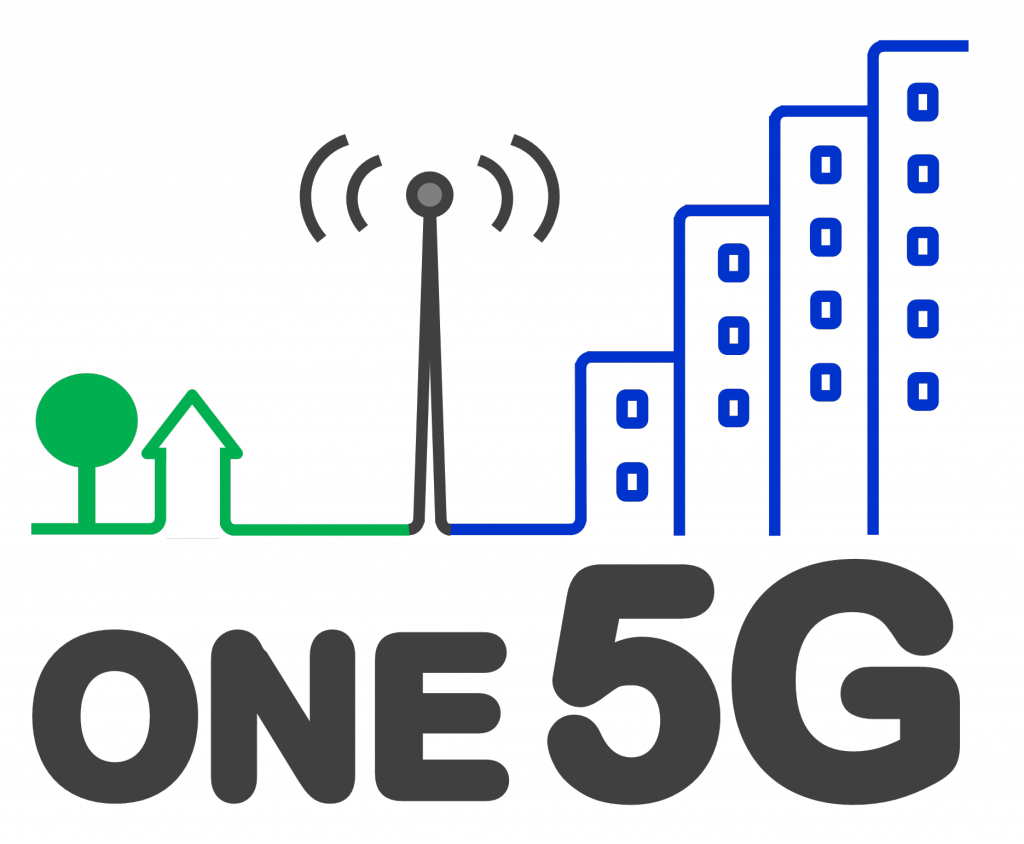


 He said, “The 5th Global Event addressed many important aspects of 5G networks such as spectrum and regulatory policy, use cases, trials and pre-commercial launches– in other words, the entire 5G ecosystem. Attendees at the 5G New Horizons left with a complete vision of the 5G network. Project 5G Brazil will host the 6th Global 5G Event in Rio de Janeiro on November 28 to 30 and we look forward to welcoming attendees and our many global partners for collaboration.”
He said, “The 5th Global Event addressed many important aspects of 5G networks such as spectrum and regulatory policy, use cases, trials and pre-commercial launches– in other words, the entire 5G ecosystem. Attendees at the 5G New Horizons left with a complete vision of the 5G network. Project 5G Brazil will host the 6th Global 5G Event in Rio de Janeiro on November 28 to 30 and we look forward to welcoming attendees and our many global partners for collaboration.”

